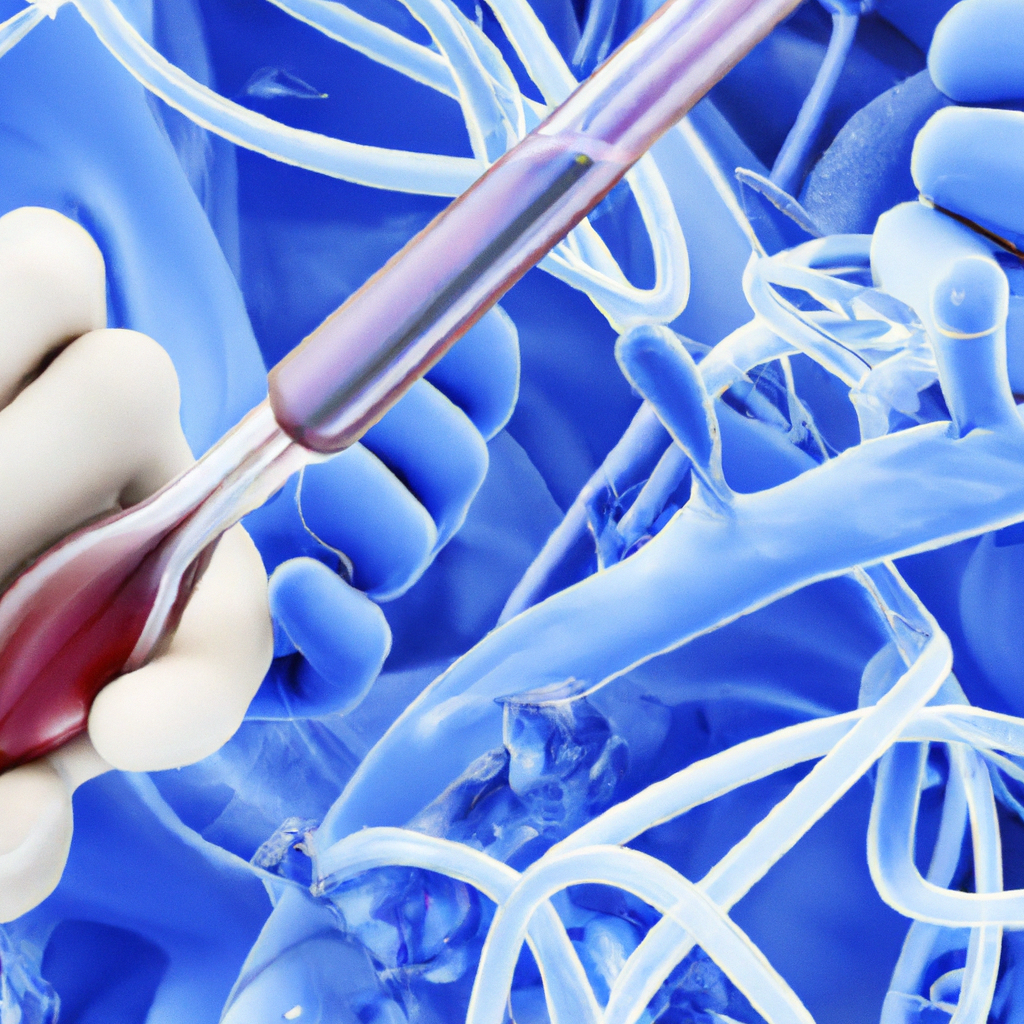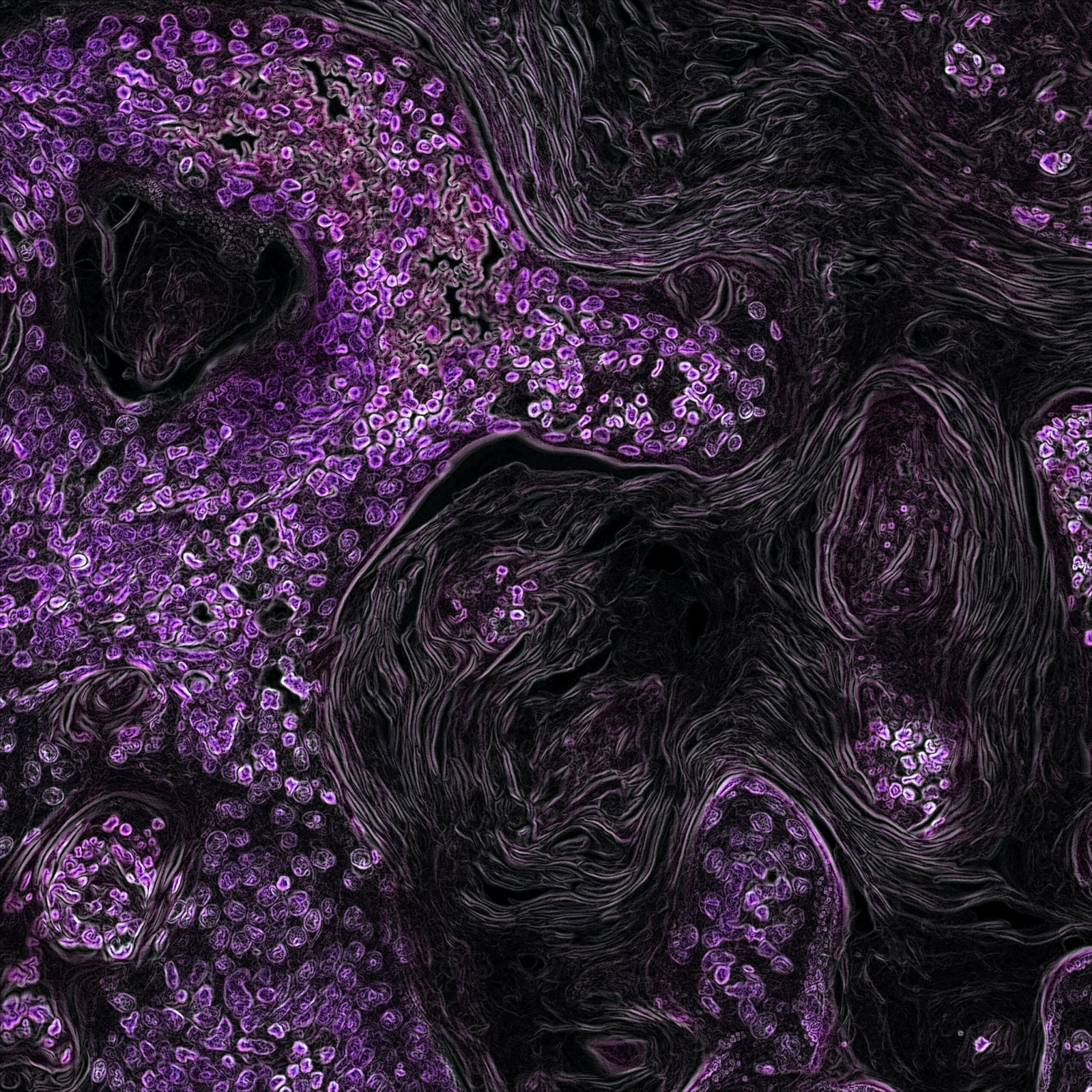Discover the incredible potential of stem cells in treating genetic blood disorders in Malaysia. In this article, we will delve into the role of these remarkable cells and explore their impact on the treatment and management of genetic blood disorders. With a focus on the Malaysian context, we will uncover the latest research and advancements in this field. Prepare to be amazed by the potential of stem cells to revolutionize the way we approach and treat these conditions.

Understanding Stem Cells
What are stem cells?
Stem cells are a special type of cells that have the ability to differentiate into various cell types in the body. They serve as the building blocks for the development and maintenance of tissues, organs, and systems in our body. Stem cells are characterized by their self-renewal capacity, which means they can continuously divide and produce more stem cells, as well as their ability to differentiate into specialized cell types.
Types of stem cells
There are several different types of stem cells, each with its unique characteristics and potential for differentiation. The main types of stem cells include:
-
Embryonic stem cells (ESCs): These stem cells are derived from embryos and are capable of differentiating into all cell types in the body. ESCs are pluripotent, meaning they can give rise to any type of cell, making them highly versatile.
-
Adult stem cells: These stem cells are found in various tissues and organs throughout the body, including bone marrow, blood, skin, and brain. Adult stem cells are multipotent, meaning they can differentiate into specific cell types within their tissue of origin.
-
Induced pluripotent stem cells (iPSCs): These stem cells are generated by reprogramming adult cells, such as skin cells or blood cells, to revert back to a pluripotent state. iPSCs have characteristics similar to embryonic stem cells and can be used for various applications, including disease modeling and regenerative medicine.
Properties and characteristics of stem cells
Stem cells possess several unique properties that distinguish them from other cells in the body. These properties include:
-
Self-renewal: Stem cells have the ability to divide and produce more stem cells, ensuring a continuous supply of undifferentiated cells.
-
Differentiation: Stem cells can differentiate into specialized cell types, including blood cells, nerve cells, and muscle cells, among others.
-
Plasticity: Some stem cells, such as adult stem cells, have the potential to differentiate into cell types outside their tissue of origin. This plasticity allows for greater therapeutic potential.
-
Immunomodulatory effects: Stem cells have been found to modulate the immune system and suppress inflammatory responses, making them potential candidates for treating immune-related disorders.
Genetic Blood Disorders
Common genetic blood disorders in Malaysia
In Malaysia, several genetic blood disorders are prevalent within the population. These disorders include:
-
Thalassemia: Thalassemia is a group of genetic blood disorders characterized by abnormal production of hemoglobin, the protein responsible for carrying oxygen in the blood. There are two main types of thalassemia, namely alpha and beta thalassemia, each with different subtypes.
-
Sickle cell disease: Sickle cell disease is an inherited blood disorder that affects the shape of red blood cells. The abnormal shape of the red blood cells can cause them to get stuck in blood vessels, leading to pain, organ damage, and anemia.
-
Hemophilia: Hemophilia is a genetic disorder that impairs the body’s ability to produce clotting factors, leading to excessive bleeding and delayed blood clotting. There are several types of hemophilia, the most common being hemophilia A and hemophilia B.
Causes and symptoms of genetic blood disorders
Genetic blood disorders are caused by mutations in specific genes that are responsible for the production of proteins involved in blood function. These mutations can be inherited from one or both parents or can occur spontaneously.
The symptoms of genetic blood disorders can vary depending on the specific disorder, but they often include:
- Fatigue
- Shortness of breath
- Pale skin
- Delayed growth and development
- Frequent infections
- Pain and swelling in joints
- Abnormal bleeding or bruising
It is important to note that the severity of symptoms can vary among affected individuals, even within the same disorder.

Current Treatment Options
Traditional treatment methods
Traditionally, genetic blood disorders have been managed through a combination of supportive care and specific treatments aimed at alleviating symptoms and improving quality of life. Some common traditional treatment methods include:
-
Blood transfusions: Patients with thalassemia or sickle cell disease may require regular blood transfusions to increase their red blood cell count and improve oxygen delivery to tissues.
-
Medications: Certain medications can be used to manage symptoms associated with genetic blood disorders, such as pain medications for sickle cell disease or clotting factor replacement therapy for hemophilia.
-
Gene therapy: In recent years, gene therapy has emerged as a potential treatment option for genetic blood disorders. This approach involves introducing healthy genes into cells to replace or correct the defective genes responsible for the disorder.
Limitations and challenges of current treatments
While traditional treatment methods have improved the management of genetic blood disorders, they have several limitations and challenges. These include:
-
Lifelong treatment: Many current treatment options require ongoing and lifelong interventions, such as regular blood transfusions or daily medication regimens. This can place a significant burden on patients and their families.
-
Symptom management only: Most current treatments focus on alleviating symptoms rather than addressing the underlying cause of the disorder. This approach does not provide a long-term cure or modify the course of the disease.
-
Side effects and complications: Some treatment methods, such as blood transfusions, can lead to complications and side effects, including iron overload, infections, and allergic reactions.
Stem Cell Therapy for Genetic Blood Disorders
Concept and principles of stem cell therapy
Stem cell therapy holds great promise for the treatment of genetic blood disorders. The basic concept behind stem cell therapy is to replace or repair the damaged cells or tissues responsible for the disorder by introducing healthy functioning cells.
The principles of stem cell therapy for genetic blood disorders include:
-
Stem cell transplantation: Stem cells, either from a donor or the patient themselves, are transplanted into the body to replace or replenish the defective cells. This can be achieved through either bone marrow transplantation or peripheral blood stem cell transplantation.
-
Differentiation and integration: The transplanted stem cells are guided to differentiate into the specific cell types required to restore normal blood function. These cells integrate into the existing tissues and contribute to the production of healthy blood cells.
-
Immune compatibility: The donor stem cells should ideally be a close match to the recipient to minimize the risk of rejection and graft-versus-host disease, a potential complication of stem cell transplantation.
Promise and potential of stem cell therapy for genetic blood disorders
Stem cell therapy offers several advantages and potentials for the treatment of genetic blood disorders. These include:
-
Curative potential: Unlike traditional treatment methods, stem cell therapy has the potential to provide a long-term cure for genetic blood disorders by replacing the defective cells with healthy functioning cells.
-
Disease modification: Stem cells have the ability to integrate into tissues and contribute to their function. This provides the potential for disease modification, where the transplanted cells can correct the underlying genetic defect and improve blood function.
-
Reduced need for lifelong treatment: Successful stem cell therapy can significantly reduce or eliminate the need for lifelong interventions such as blood transfusions or daily medications.
-
Improved quality of life: By addressing the underlying cause of the disorder and improving blood function, stem cell therapy can lead to a better quality of life for patients with genetic blood disorders.

Types of Stem Cell Therapy
Embryonic stem cell therapy
Embryonic stem cell therapy involves the use of embryonic stem cells, which are derived from early-stage embryos. These cells have the potential to differentiate into any cell type in the body, making them highly versatile. However, the use of embryonic stem cells is ethically controversial due to the destruction of embryos in the process.
Adult stem cell therapy
Adult stem cell therapy utilizes stem cells that are harvested from various adult tissues, such as bone marrow, blood, or adipose tissue. These cells are multipotent, meaning they can differentiate into specific cell types within their tissue of origin. Adult stem cells can be obtained from the patient themselves (autologous transplantation) or from a suitable donor.
Induced pluripotent stem cell therapy
Induced pluripotent stem cell (iPSC) therapy involves the reprogramming of adult cells, such as skin cells or blood cells, to revert them back to a pluripotent state, similar to embryonic stem cells. iPSCs have the ability to differentiate into any cell type, making them a potentially valuable source for personalized medicine. Their production avoids the ethical controversies associated with embryonic stem cells.
Research and Clinical Trials
Groundbreaking research in stem cell therapy for genetic blood disorders
There have been several groundbreaking research studies in the field of stem cell therapy for genetic blood disorders. These studies have contributed to our understanding of the potential of stem cell therapy and paved the way for further advancements. Some key research areas include:
-
Gene editing: The development of gene editing technologies, such as CRISPR-Cas9, has provided new avenues for correcting genetic mutations associated with blood disorders. Researchers are exploring the use of gene editing tools to modify stem cells and correct the underlying genetic defects.
-
Tissue engineering: Scientists are working on developing artificial tissues and organs using stem cells to replace damaged or dysfunctional tissues. This approach holds great promise for individuals with genetic blood disorders, as it can provide a limitless supply of healthy blood cells.
Ongoing clinical trials in Malaysia
In Malaysia, several clinical trials are currently underway to evaluate the safety and effectiveness of stem cell therapy for genetic blood disorders. These clinical trials aim to provide valuable insights into the feasibility of stem cell therapy and its potential benefits for patients. The results of these trials will help shape future treatment approaches and provide hope for individuals affected by genetic blood disorders.

Advantages of Stem Cell Therapy
Reduced need for lifelong treatment
One of the significant advantages of stem cell therapy for genetic blood disorders is the potential to reduce or eliminate the need for lifelong treatment. Traditional treatment methods often require regular blood transfusions or daily medication regimens, which can be burdensome for patients and their families. Stem cell therapy, if successful, can provide a long-term solution by replacing the defective cells with healthy functioning cells.
Improved quality of life
By addressing the underlying cause of the disorder and restoring normal blood function, stem cell therapy can significantly improve the quality of life for individuals with genetic blood disorders. Symptoms such as fatigue, shortness of breath, and pain can be alleviated, allowing patients to lead more active and fulfilling lives.
Potential for disease modification
Unlike traditional treatment methods that focus on managing symptoms, stem cell therapy has the potential to modify the course of the disease. By introducing healthy stem cells that can differentiate into specialized blood cells, stem cell therapy can correct the underlying genetic defect and improve blood function. This has the potential to halt or slow down the progression of the disorder, providing long-term benefits for patients.
Ethical Considerations and Regulations
Ethical concerns surrounding the use of stem cells
The use of stem cells in research and therapy raises several ethical concerns, particularly when it comes to embryonic stem cells. The destruction of embryos to obtain embryonic stem cells is a contentious issue, as it involves the termination of potential human life. However, the development of alternative sources of stem cells, such as adult stem cells or induced pluripotent stem cells, has helped alleviate some of these concerns.
Current regulations and guidelines in Malaysia
In Malaysia, the use of stem cells in research and therapy is regulated by the National Council for Scientific Research and Development (NCSRD) and the Ministry of Health (MOH). These regulatory bodies ensure that stem cell research and therapy follow strict ethical guidelines and safety standards. Researchers and practitioners must obtain proper approvals and licenses before conducting any stem cell-related activities.
Successful Case Studies
Stories of individuals successfully treated with stem cell therapy
There have been numerous success stories of individuals who have undergone stem cell therapy for genetic blood disorders. These individuals have experienced significant improvements in their symptoms and quality of life, demonstrating the potential of stem cell therapy. Some case studies include:
-
A thalassemia patient who underwent stem cell transplantation and no longer requires regular blood transfusions.
-
A hemophilia patient who received gene therapy, resulting in increased clotting factors and reduced bleeding episodes.
Impact of stem cell therapy on their lives
The impact of stem cell therapy on the lives of individuals with genetic blood disorders cannot be understated. It has provided them with a new lease on life, free from the burdens of lifelong treatments and debilitating symptoms. These individuals are now able to engage in normal activities, pursue their dreams, and enjoy a better quality of life.
Conclusion
Stem cell therapy holds great promise for the treatment of genetic blood disorders in Malaysia. The unique properties and characteristics of stem cells, combined with ongoing research and clinical trials, offer hope for individuals affected by these disorders. With the potential for disease modification, improved quality of life, and reduced need for lifelong treatments, stem cell therapy represents a significant advancement in the field of regenerative medicine. ethical considerations and regulatory frameworks ensure that stem cell research and therapy adhere to the highest standards of safety and morality. As success stories continue to emerge, stem cell therapy is poised to revolutionize the treatment of genetic blood disorders in Malaysia and beyond.




